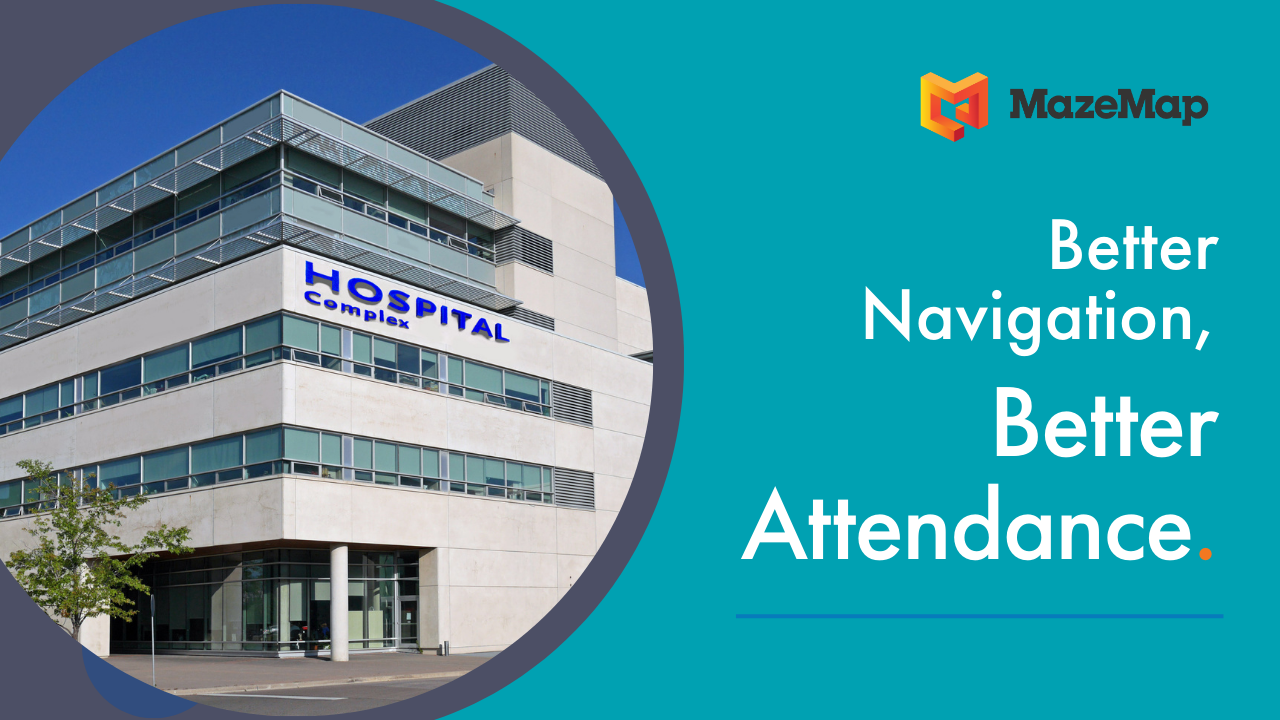Hospitals are hectic environments where medical staff must navigate through a maze of hallways, rooms, and equipment. One of the biggest challenges that medical staff face is locating equipment, a task that can consume significant amounts of time and resources. Studies show that nurses spend up to 33% of their shift searching for medical equipment. This not only affects the efficiency of the hospital, but it also impacts patient care.
An awkward situation that often arises when staff are overwhelmed with tasks comes when a patient needs wayfinding help, but the medical staff are too busy. In this scenario, the staff are busy with their tasks, but the patient is in need of assistance. The staff may become frustrated by the interruption, and this frustration may be perceived by the patient as rudeness.

As the staff try to juggle their responsibilities, the patient asks for directions. The staff, feeling overwhelmed, may not have the time or patience to provide the information the patient is seeking. The patient, in turn, feels that the staff are being rude to them and walks away feeling annoyed. The staff are left feeling irritated, while the patient is left feeling unsatisfied with their experience.
There are a number of technologies available that can help save staff’s time, reduce stress and allow them to focus more on patient care. One such technology is a hospital equipment tracking system. This medical device tracking technology uses BLE, RFID, or GPS to track the whereabouts of medical equipment in real-time. With a few clicks, staff can easily locate the equipment they need, and get directions from their current location. This saves valuable time and resources, improving patient care, and freeing up staff to focus on other important tasks.

To help patients feel more confident in finding their way around the hospital, a digital wayfinding system is a great option. Hospital indoor navigation provides real-time, step-by-step directions to help patients and visitors. With indoor mapping, patients can easily find their way around the hospital using their mobile devices. This not only improves the patient experience but also frees up medical staff to focus on more pressing tasks.

Another great solution is a colleague finding service that allows medical staff to submit work orders for hospital porters. The porters carry smartphones or tablets that are connected to the hospital WiFi network. When a work order is submitted, the manager can find the closest available porter and assign the task to them. This allows for faster and more efficient transportation of equipment, supplies and patients across the hospital. To see how St Olav’s hospital in Norway is using this service to free up valuable time and resources, read the case study here.
In conclusion, technology is playing a critical role in easing the workload of medical staff in hospitals. Asset tracking systems and indoor navigation technology are helping to improve efficiency, reduce stress, and enhance patient care. As technology continues to advance, we can expect to see more innovative solutions that will further simplify the lives of medical staff and improve patient experiences in hospitals.
Discover how we helped St Olavs Hospital in Trondheim save over 1.5 million dollars per year.











